What is sustainable fashion and how to move towards a sustainable wardrobe

More and more people want to add more sustainability in their daily life and this includes also having more sustainable fashion items in their wardrobe. Sustainable fashion is certainly one of the buzzwords in recent years, when it comes to a sustainable lifestyle. Fashion as we have known it for years is fast, new trends emerge within weeks and advertising suggests that we are only in style if we buy the latest trends. The fashion industry is spinning and developed into one of biggest polluter industries worldwide, while accounting for 2% of the global Gross Domestic Product (GDP). About 100 billion pieces of clothing are produced worldwide each year and about 90% of all clothes get thrown away before they actually need to be thrown out.

Today, we live in a world with an abundance of choices in all areas of our life and even more so when it comes to fashion with unlimited options to shop online and in store. But with choice, comes responsibility. “Once we know and are aware, we are responsible for our action and our inaction. We can do something about it or ignore it. Either way, we are still responsible” (Jean-Paul Sartre).
Sustainable fashion can be seen as a counter movement to what we know as fast fashion. So, what is sustainable fashion exactly, why is it so important for our future and how to move towards a sustainable wardrobe?

Sustainable fashion can be seen as an umbrella term for “clothes that are created and consumed in a way that can be, quite literally, sustained, while protecting both the environment and those producing the garments. That’s why cutting CO2 emissions, addressing overproduction, reducing pollution and waste, supporting biodiversity, and ensuring that garment workers are paid a fair wage and have safe working conditions, are all crucial to the sustainability matrix.”
In contrast to fast fashion production, sustainable fashion considers the production of the fabrics, materials used, the impact on the environment not only during the production, but during the whole life circle of a given fashion item. It also takes into account socio-economic factors and aspires to “create fashion in a way which is most considerate of humanity and the environment, reducing the environmental impact wherever possible. The ultimate goal is to have a system which works without leaving a negative footprint”.

Sustainable wardrobe, another buzzword!? Don’t be wary of the term or be afraid of the implications. No need to completely change your clothes and throw out everything that wouldn’t fit the criteria. There are many ways to create a more sustainable wardrobe and every step, even a small one counts. So first things, first – The most sustainable wardrobe is actually the one you already have. From here there are many steps and actions you can take in the future to be more sustainable about the fashion items you have, might buy or acquire in the future. It will be about being more strategic about your new add-ons and ask yourself some simple questions.
Buy less, buy betterAs cliché as it might sounds, the mantra has its place when it comes to a more sustainable wardrobe: Be thoughtful about the purchases you make, resist impulse buys and ask yourself why you want to buy a certain (fashion) item. Do you really need it and will wear it often? What fabrics were used to make the item? Invest in clothes you really like and need, the one piece that you are absolutely in love with and now that you will wear it often, because it looks good and fits you well. Timeless items will serve you longer, instead of chasing after each fast fashion trend. Better quality comes with a higher price, as does the fact that the workers were paid fair wages and worked in fair and safe conditions. But since the item is of better quality, it will last you longer and thus will be less expensive in the long run, for your wallet and the environment as well.
Natural materialsThe growing of the raw materials, the production of the garment and clothing item do have an impact on the environment, inevitably, but you can make choices to reduce that environmental footprint. When it comes to the materials used to make sustainable fashion, some materials and garments are more sustainable than others. As a rule of thumb stay away from any virgin synthetic materials like polyester, as they derive from fossil fuels. Instead, choose organic natural fabrics, such as organic cotton, organic hemp or organic linen (a fabric, we absolutely love). Some fabrics also need less energy and water to grow and produce less waste, another reason why we love linen so much. 100% recycled fabrics also have a smaller environmental footprint: Think 100% recycled polyester, viscose (rayon), etc. On top, try to go for natural or recycled fabrics, that are treated with less or no chemical substances, need less water to grow or produce, use less energy in their production and less fertilizer, respectively pesticides to grow. Most organic fabrics are also bio-degradable.
Working ConditionsOn top of the environmental impact, sustainable fashion also stands for caring about the socio-economic factors during the production of clothes. Sustainable clothes are produced in ethical conditions, which means that workers get to work in a safe working environment. They have health care, humane working conditions and fair wages that usually range above average as to keep them out of poverty. Also, no child labour.
Choose local, independent or female owned brands, they usually stand for transparency of their sourcing of materials, production cycles and working conditions.

Making sure that your clothes last you longer is one of the key factors to reduce the impact of fashion on the environment and be more sustainable. So, don’t overwash your clothes, make full loads, use cold water, use gentle and eco-friendly laundry detergent, avoid dry cleaning, as well as tumble dryers, use a laundry bag for delicates and repair clothes when possible. And ultimately enjoy your favourite fashion items for much longer.
Recycle your clothesBe conscious about how you dispose of the clothes that no longer serve you. Resell clothes in good condition, organise a clothes swap, donate to charities. For clothes beyond repair or reuse, make sure they get recycled, as to avoid them ending up in landfills.

Conclusion on sustainable fashion and on how to move towards a sustainable wardrobe
Every step towards a more sustainable lifestyle in general and more sustainable fashion wardrobe in particular counts. The impact of fashion on the environment and ultimately on us will be smaller and thus beneficial for all of us. To conclude with the words of Anne Lappe, American author and educator, who is known among others as a sustainable food advocate: “Every time you spend money you cast a vote for the kind of world you want”.
Get in touch and stay tuned by following us on Instagram, Facebook and subscribing to our newsletter.

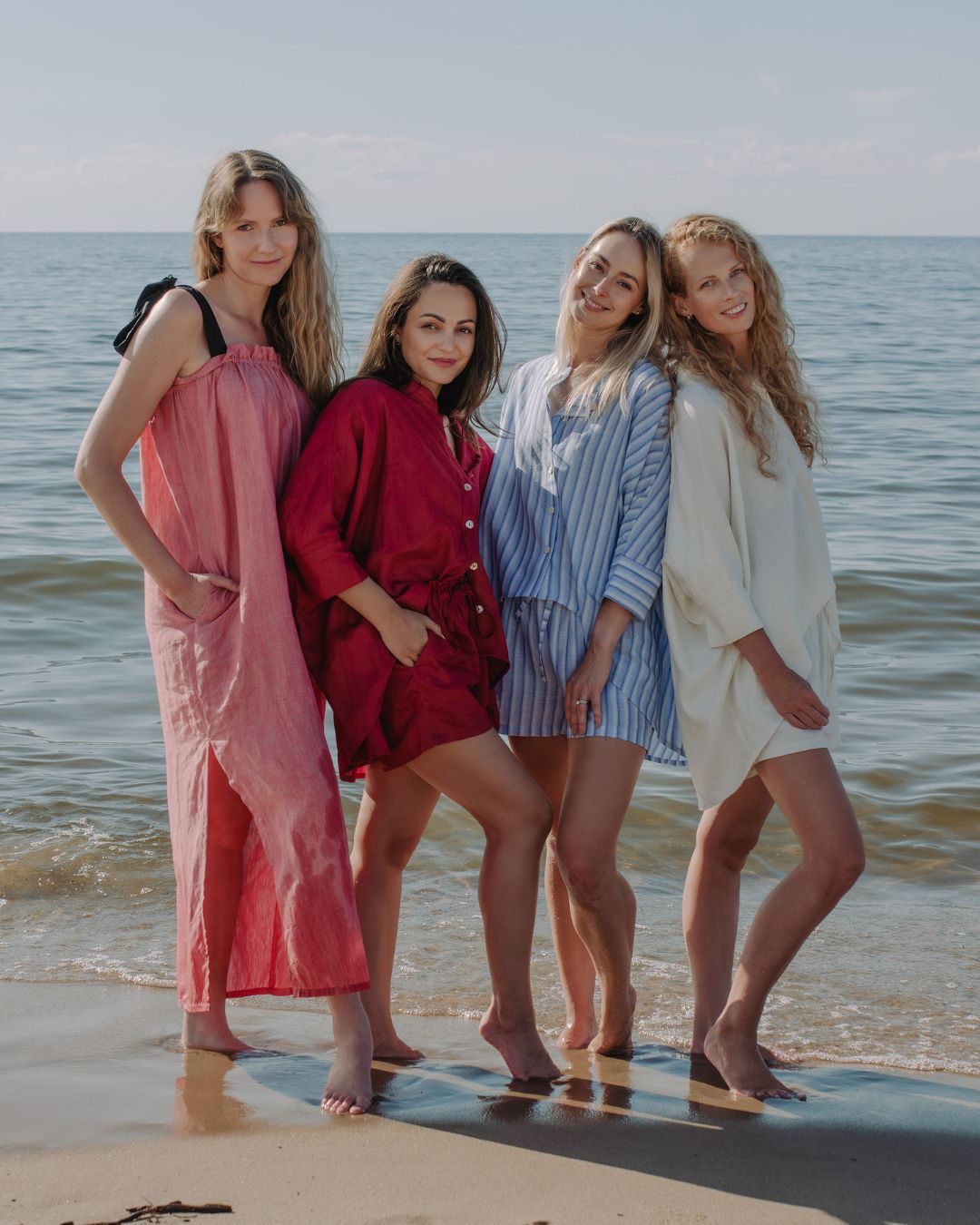
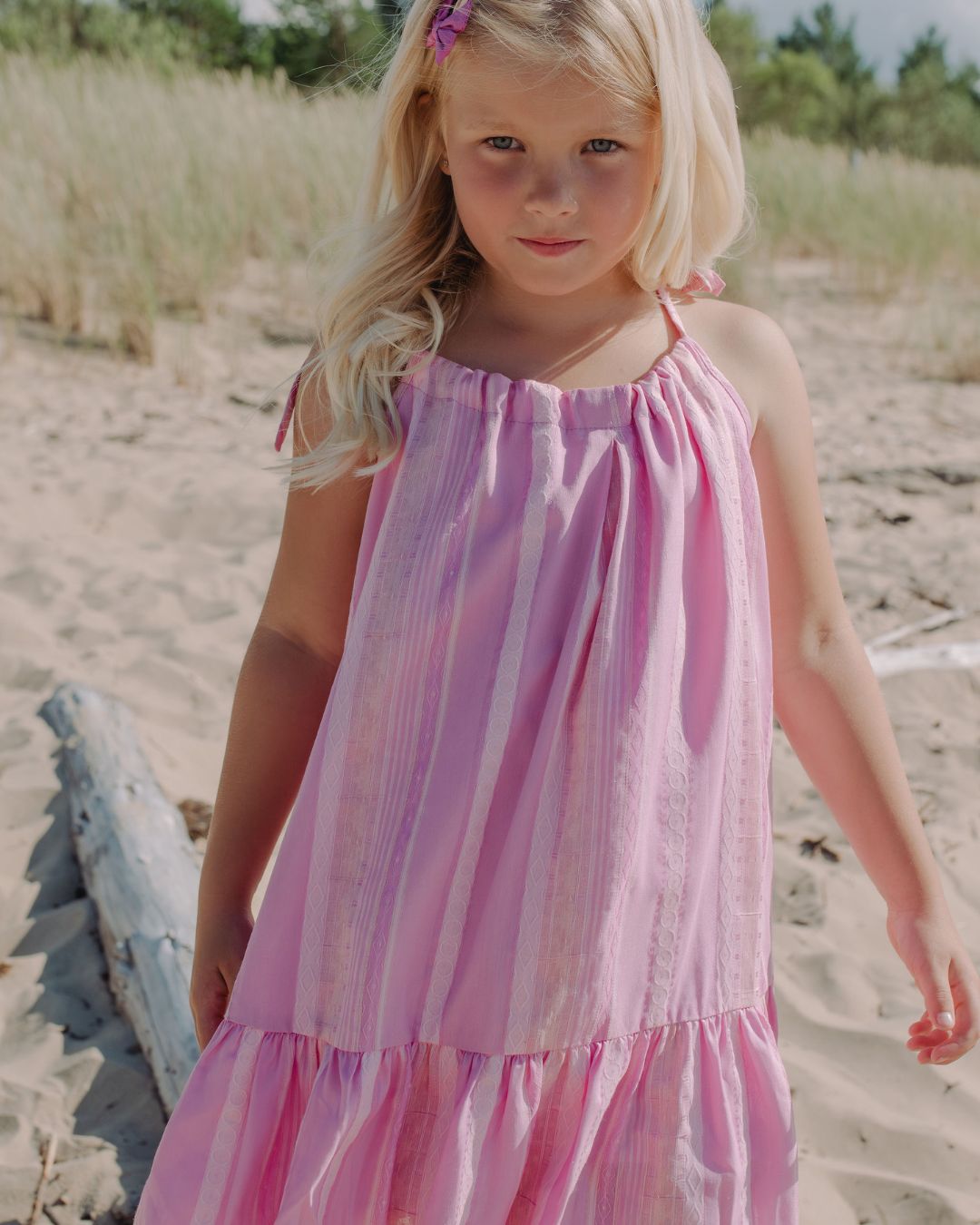

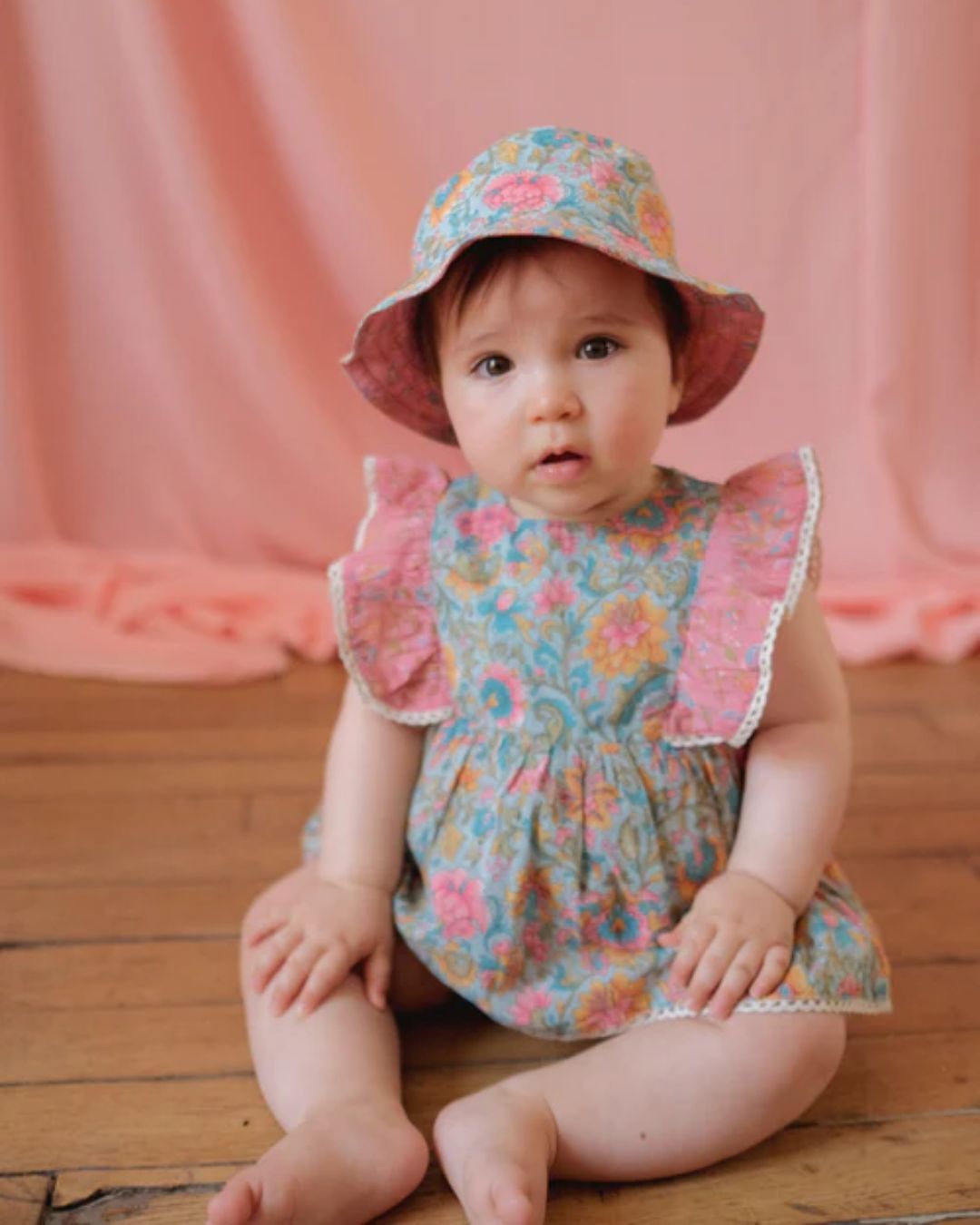
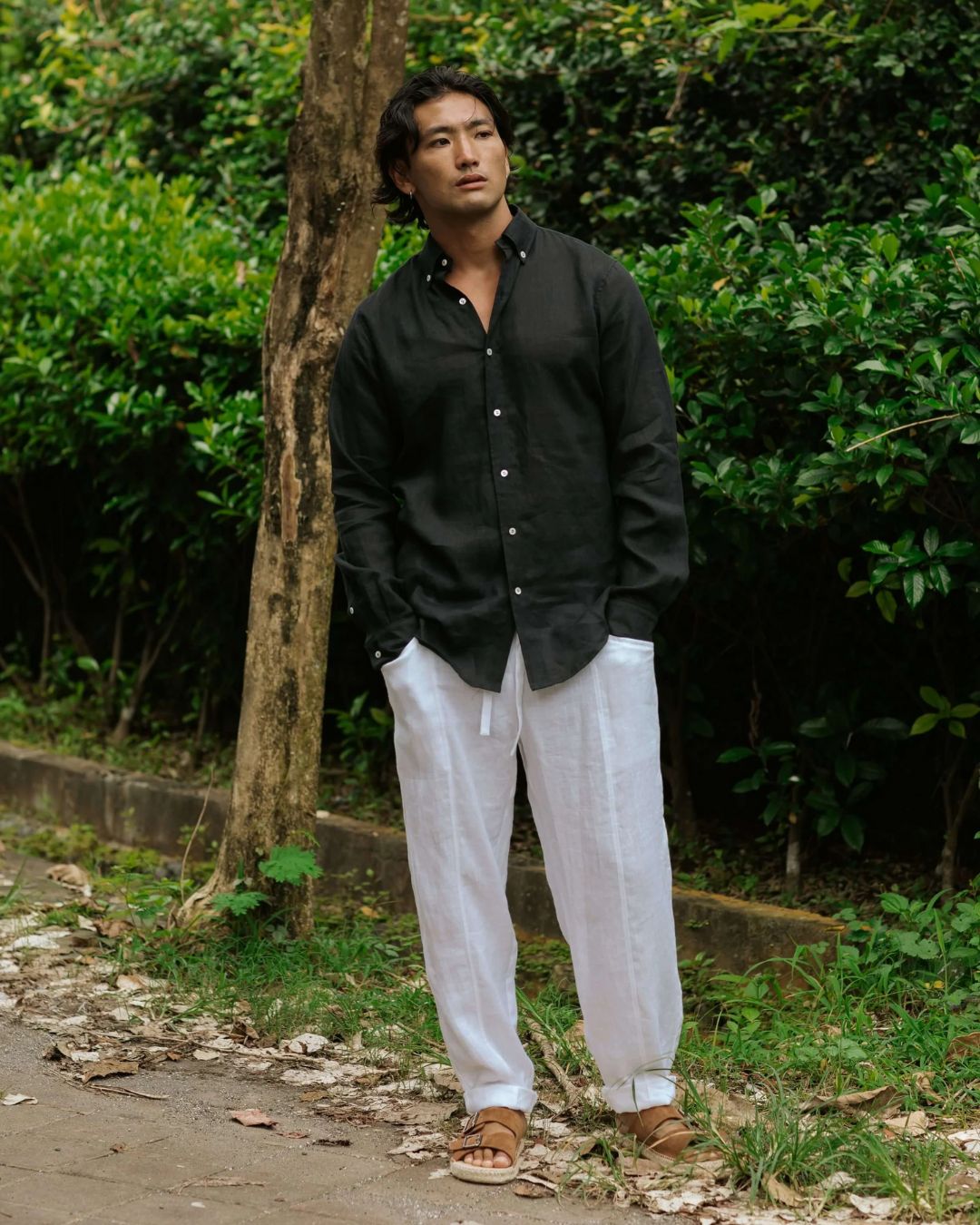
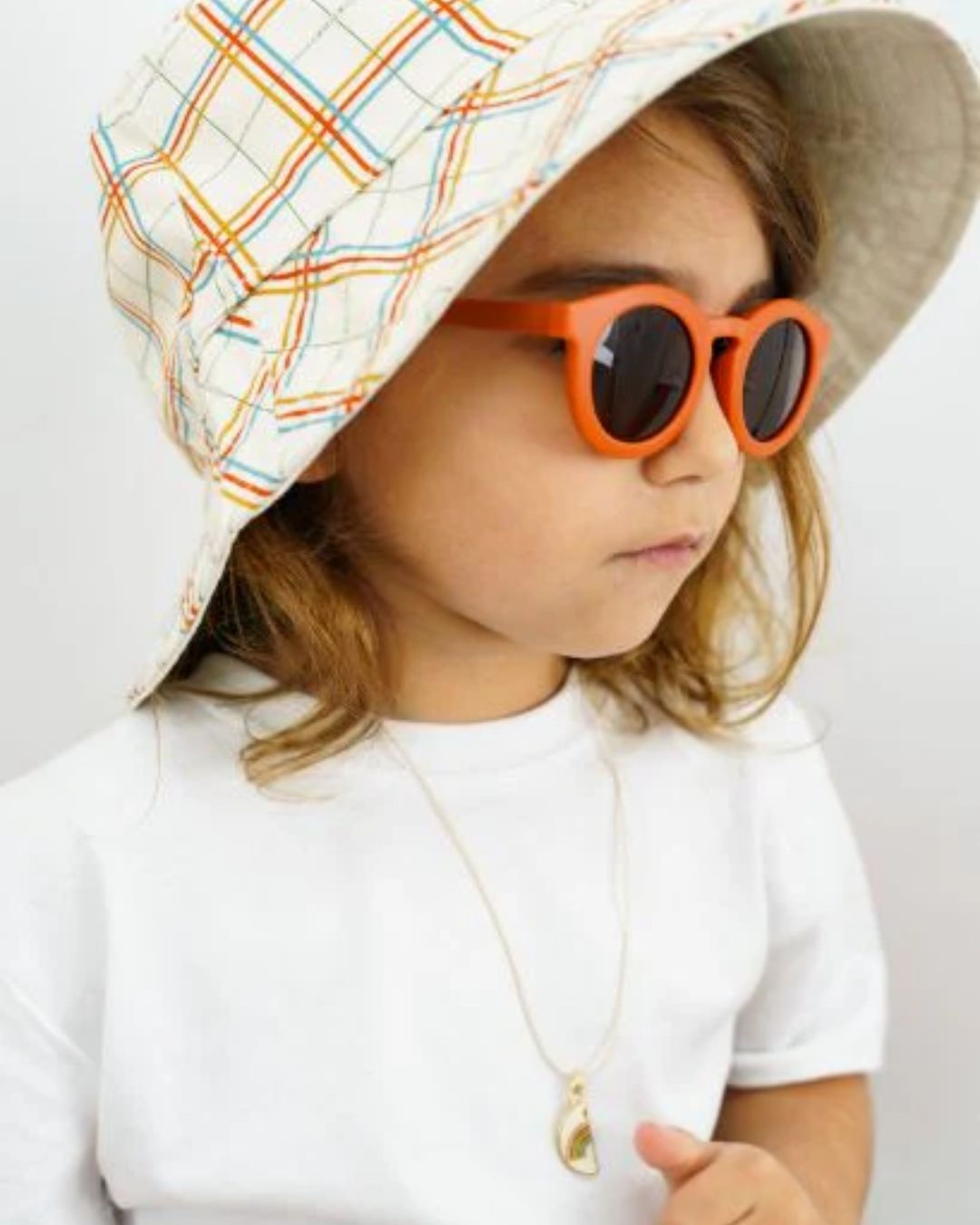
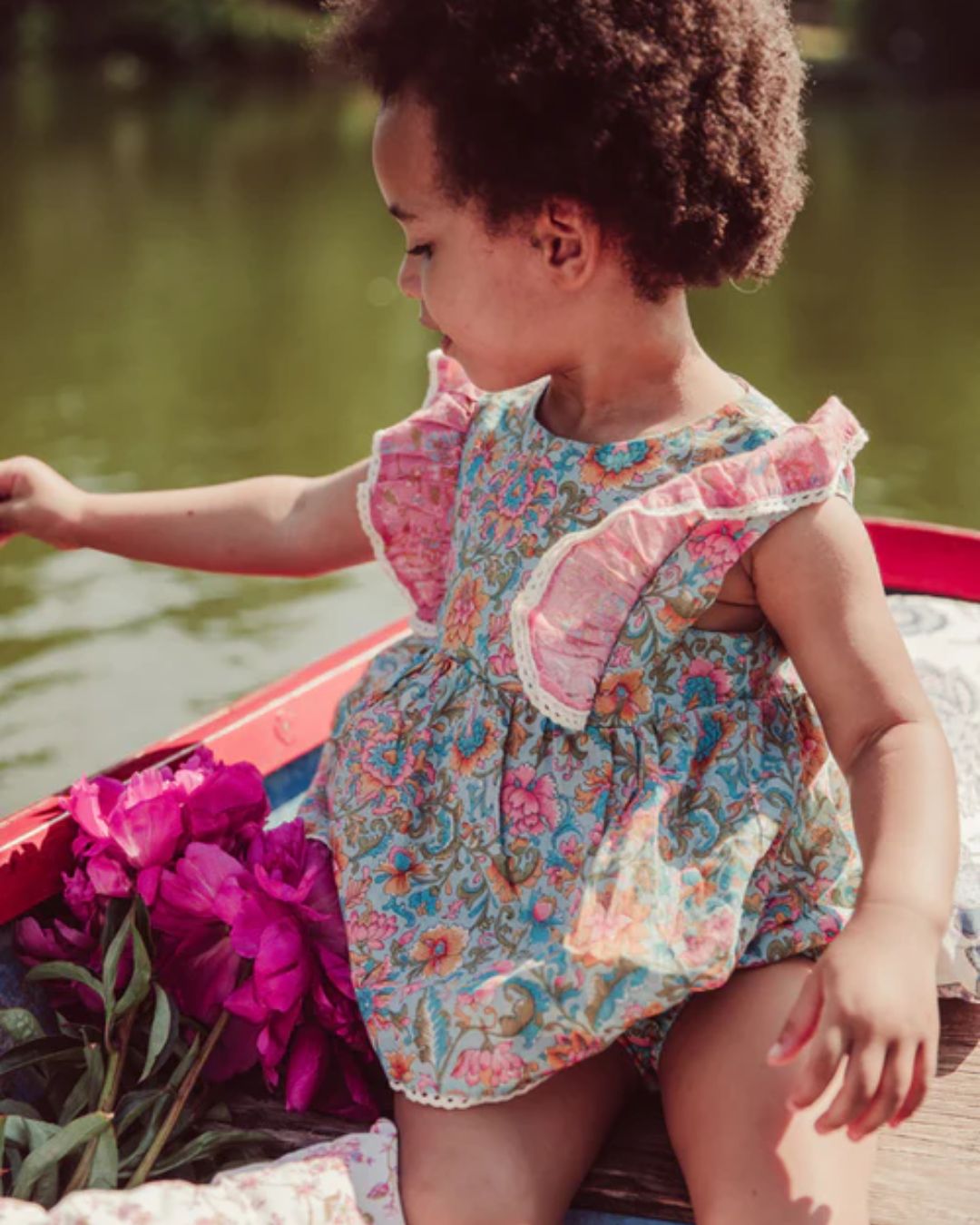




Comments